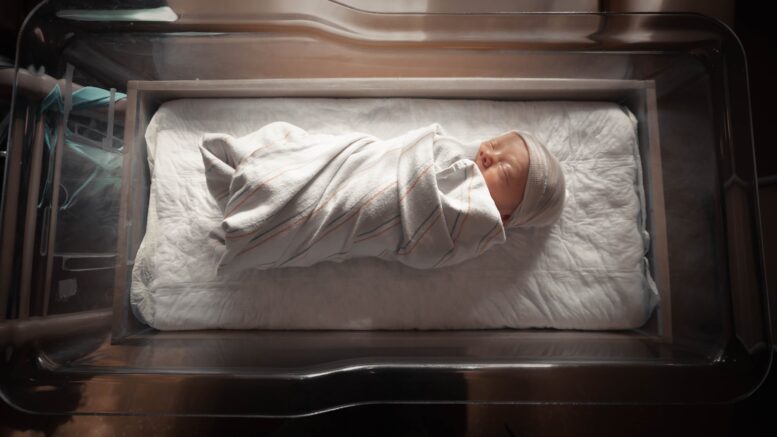By London Collins Puc
According to The Children’s Health Fund (CHF), more than 20 million – approximately, 28 percent – of children in the United States lack sufficient access to healthcare. As of 2021, 7.3% of children living in Florida did not receive medical coverage. These children are uninsured and lack primary childcare or pediatric assistance which puts them at a greater risk of developing, passing, or undergoing severe medical complications.
CHIP, Florida KidCare, and Medicaid programs have allowed millions of children and families across the country to receive proper, affordable health care. However, many children, still, remain uninsured.
Uninsured children typically come from lower-income families, states that haven’t expanded Medicaid, and Hispanic households, which have no expedient, realistic way to receive medical accommodations. Today, there are more than 4.3 million uninsured children in the United States. Whether economic, social, or political, systematically immovable barriers prevent access to pediatric-appropriate healthcare.
According to The New York Times, administrative changes aimed at fighting fraud and waste, and rising fears of deportation in immigrant communities, are pushing large numbers of children out of programs.
Katie Roders Turner is the executive director of Family Healthcare Foundation which is a Tampa nonprofit that helps families and individuals in Hillsborough, Pinellas, Pasco, and Polk counties find insurance. Turner claimed that they often find families with uninsured children who do not apply for public benefits simply because they are unaware that they might qualify. That being said, nearly 10% of children eligible for those programs miss out because of a lack of public outreach and administrative barriers.
According to a study from An Urban Institute Program to Assess Changing Social Policies, a few reasons parents of uninsured children did not inquire or apply for insurance were based on the assumption that their child was ineligible due to income level, car ownership, and citizenship status, or, simply, their lack of knowledge about various government programs. From The Tampa Bay Times, Isaret Jeffers is a community activist in Plant City and founder of Colectivo Arbol, a nonprofit for Florida farm workers. This organization is constantly working to connect with people through community meetings and partnerships with local groups and businesses. “We like to do it because we know that there are many children who need direct and immediate attention to prevent illnesses, but their parents do not have or understand the tools they require,” Jeffers said. Knowledge gaps constitute for a third of all low-income, uninsured children, so it’s important to implement resources, and provide visibility, of these programs.
Some families haven’t even heard of the programs, and many who have, do not seem to understand the extent to which eligibility has been expanded, mistakenly believing that their incomes are too high to qualify for coverage.
To bridge the gap that’s preventing children from receiving proper pediatric assistance, it’s vital to share, educate, and explain to parents, guardians, and caregivers how their child can receive the healthcare insurance, benefits, and accommodations that they deserve to live abundant and joyful lives.



Be the first to comment on "Supporting Uninsured Children: How is Florida Failing and Succeeding?"